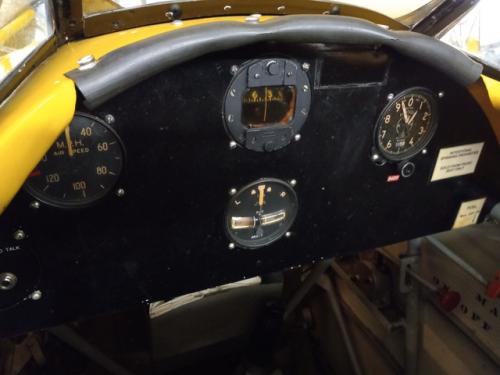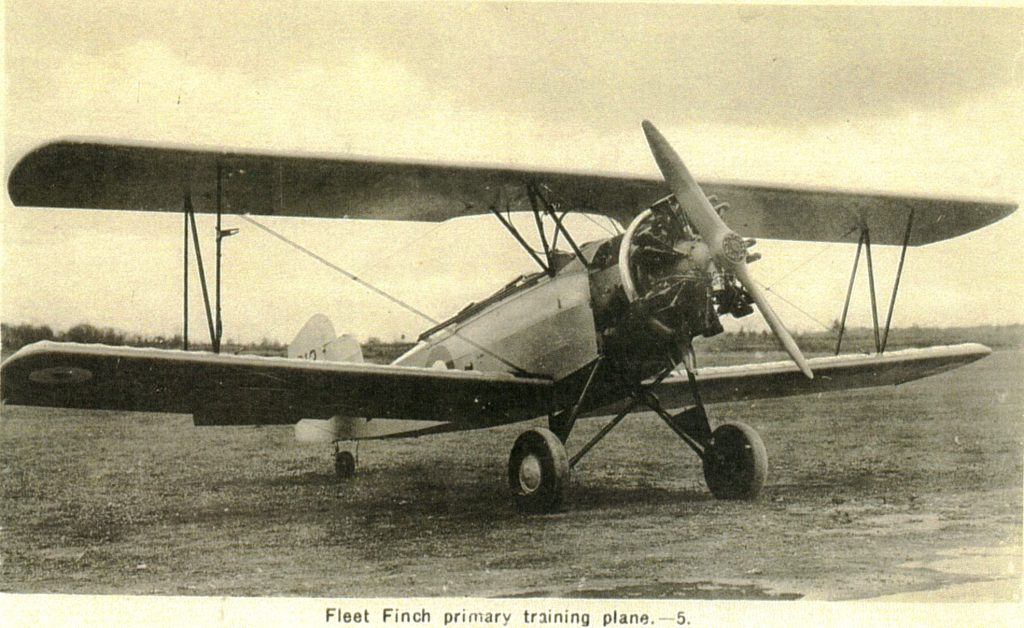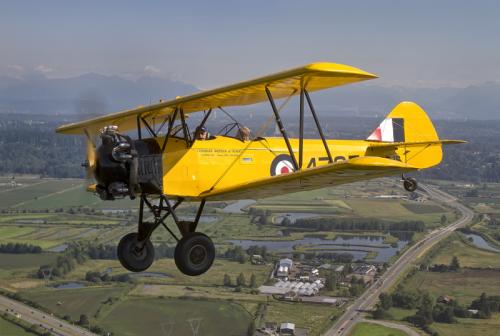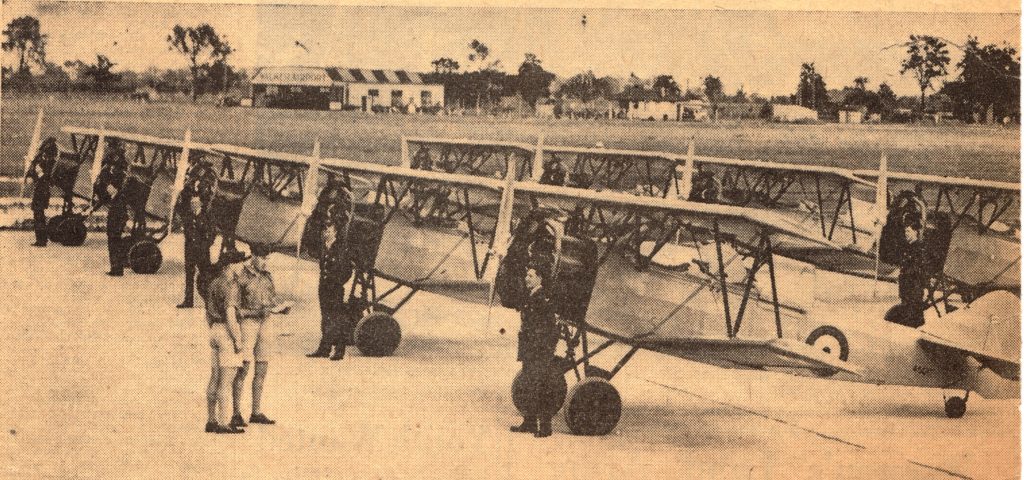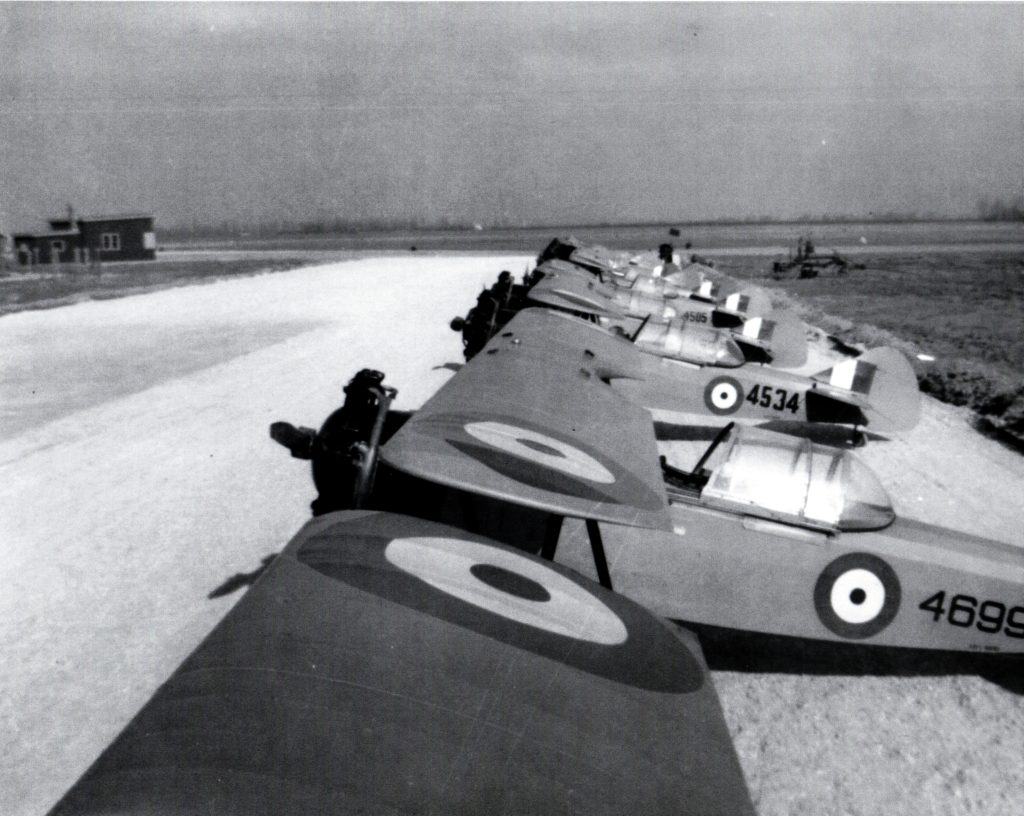Fleet Finch Mk. II

Aircraft Details
- Engine: 125 hp Kinner B-5 five cylinder radial air-cooled (click for details)
- Maximum speed: 113 mph (182 km/h)
- Empty weight: 1,102 lb (500 kg)
- Loaded weight: 1,860 lb (844 kg)
- Span: 28 ft (8.5 m)
- Length: 21 ft 8 in (6.6 m)
- Height: 7 ft 9 in (2.4 m)
- Wing area: 194 sq ft (18 sq m)
Aircraft Description (This aircraft is currently not on display at CAM)
The Fleet Finch (Fleet Model 16) is a two-seat, tandem training biplane produced by Fleet Aircraft of Fort Erie, Ontario. There were a number of variants mainly based on engine variations. Over several years beginning in 1939, a total of 447 Finches were built, nearly all (431) of them for use as elementary trainers in the British Commonwealth Air Training Plan (BCATP) during the Second World War.
Design and development
The Fleet 16B Finch II was a progressive development of the original Consolidated Fleet primary trainer (Fleet 10), manufacture of which commenced in Canada by Fleet Aircraft in 1930. After a Royal Canadian Air Force (RCAF) evaluation in 1938 recommended a number of changes, a total of 431 Finch trainers were built for the RCAF between 1939 and 1941.[1] The aircraft had conventional construction for the period with a welded steel-tube fuselage having Warren truss structure for its sides; and composite metal, wood and fabric design features, with Frise ailerons, a flat-bottom airfoiled, variable incidence (trimmable) lifting two-piece tailplane; and similarly “lifting airfoil” on the fixed vertical stabilizer, cambered into an airfoil on its port side only, to offset the P-factor of the propeller’s swirling slipstream. The RCAF acquired the aircraft type as an elementary trainer. The Fleet 16 first entered RCAF service with tandem open cockpits, but the severity of the Canadian winter necessitated the introduction of a sliding canopy at an early stage in the trainer’s service career. The earlier Model 10’s centre-hinged main landing gear radius rods were retained for the Model 16 series, as these centre-hinged units had replaced the “looped” left mainwheel’s radius rod design that had been on the even-earlier Fleet Models 1, 2 & 7 biplanes from their own origins in November 1928.[citation needed]
Operational history
Startup of a Fleet Finch
The Finch was a mainstay of the RCAF prior to and during the early part of the Second World War, flying at the Elementary Flying Training Schools (EFTS) in parallel with the better known de Havilland Tiger Moth, also produced in Canada. The earlier Fleet Model 7 (Fleet Fawn) was also in use for primary training. During 1940, initial production problems were solved and timely deliveries were made to the RCAF, allowing the first training programs to start up. In the following year, the Portuguese Navy purchased ten Model 16Ds (ordered as 10Bs but changed to the higher powered variant) and later a further five 16Ds were delivered in 1942.[2]
A total of 606 Fleet Finches were produced as Model 16s, the majority for the RCAF. They were used as initial trainers in the BCATP at no fewer than 12 Elementary Flight Training Schools across Canada. Both the Fleet Finch and Tiger Moth were later replaced by the Fairchild PT-26 Cornell. The Finch was progressively phased out of service from October 1944 with the last of the Model 16s struck off strength from the RCAF inventory in 1947. (Source wikipedia)
EFTS related stories to be posted here (i.e from the daily diaries)
